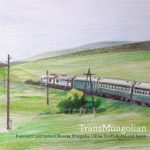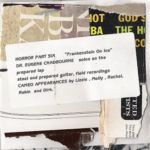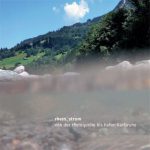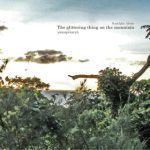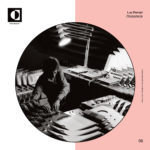The Hebrides Suite
14,00 € VAT included
Only 2 left in stock
“How does history – past lives and past events- leave sonic traces and how can we hear them?
The Hebrides Suite is the result of an attempt to answer this question and the culmination of composer Cathy Lane’s three decade long engagement with the Outer Hebrides.
The Outer Hebrides form a 130-mile long archipelago about 40 miles off the north-west coast of Scotland. There are more than 200 islands but only a few are now inhabited. In the 2001 census the total population of the islands was 26,502. The best known of these islands are Barra (1078), Benbecula (1219), Berneray (136), North (1271), South Uist (1818) and Harris and Lewis (combined population 19,918). There has been an overall slow population decline in the islands over the last two hundred years, with peaks and troughs caused by economic and political fluctuations. In the 1840s poverty and famine lead to whole villages being evicted by landowners, often brutally, to make way for the higher profits of sheep farming. During these forced clearances many people took assisted passages to Canada and Australia and as far away as Patagonia and the Falkland Islands. In the twentieth and twenty first centuries much of the island lands are still owned by absentee landlords and the islanders’ struggles for self determination and economic and political control have continued.
The Outer Hebrides are the most strongly coherent Scottish Gaelic (Gàidhlig) speaking area in the world. Gaelic is a Celtic language related to Welsh, Cornish and Breton. In 2001, 61.1% of the population of the Outer Hebrides spoke Gaelic (compared with 1.2% in the whole of Scotland). A handful of Gaelic speakers can be found in the United States, Canada and Australia most of whom are descended from nineteenth century emigrants. There is a strong Gaelic culture.
Religion is also a significant factor in the life of the inhabitants of the islands. The southern islands of Benbecula, South Uist and Barra are predominantly Roman Catholic. In the northern islands, especially Harris and Lewis, the non-conformist Free Church of Scotland and the still more conservative Free Presbyterian Church of Scotland are very influential. There is a tradition of Sabbath observance and few shops or transport services are available on Sunday although this is increasingly contested.
The emigration still continues, particularly among the young, as the islands offer few employment opportunities. Most present day commercial activities concern tourism, including heritage tourism; crofting; fishing and fish farming and weaving including the manufacture of Harris tweed, a cloth that has been handwoven by the islanders in their homes using pure virgin wool that has been dyed and spun in the Outer Hebrides.
Each of the works in The Hebrides Suite uses a mixture of field recordings, interviews and oral history material from existing archives to explore aspects of island life past and present through the medium of composed sound.”


